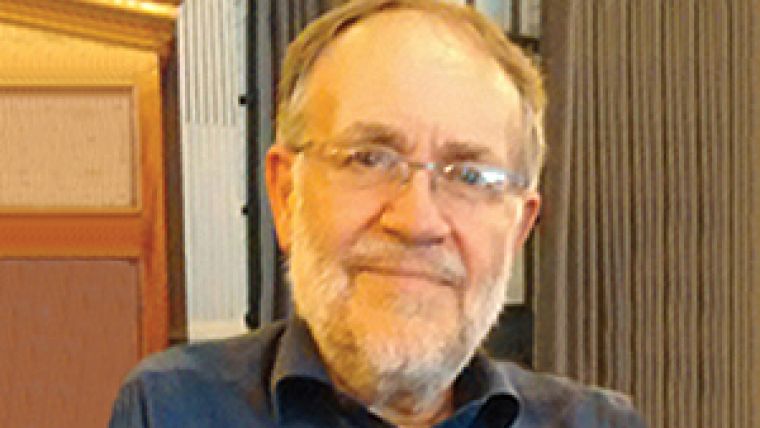We Have the Skills and Tools
Welcome to the first edition of a new year, with a refreshed layout and a renewed focus on how GIS can help people and organisations make informed decisions.
We offer the tools, skills and data sources, but it’s up to others to draw the conclusions to make businesses successful, governments make the right decisions or deliver the right services and for people to gain the information they need to hold governments in check.
The use of GPS and GIS to help track restoration work in Florida’s Everglades, one of the world’s important wetlands and centre for wading and migrating birds (page 11). Our thanks to Trimble and author Mary Jo Wagner for providing this report together with some very photogenic material.
As we continue to capture data from the physical world around and below our feet, new possibilities arise. Dr Katherine Royse of the British Geological Survey explains how accurate geological information can help reduce construction overruns in urban environments as well as inform suitability before development takes place (page 25). GIS and BIM are the tools developers and builders use but they will need expert interpretation for fuzzier geological data.
Our new Elevator Pitch column continues with a handy little app to help politicians before they open their mouths (page 15). Quorum locates the right information as well as like-minded potential allies for new legislation. It could be just what the US and UK’s divided representatives need to build new coalitions.
The core of most geospatial information systems is topographical mapping. In the developed world, national mapping agencies have been undergoing a transformation, driven by rapid data collection tools like GNSS, photogrammetry and Lidar. But for many years the challenge has been creating large-scale topographical databases from which smaller scales can be easily, and ideally automatically, derived. Ordnance Survey Ireland has achieved this, as CEO Colin Bray reports on page 23 in the first of two articles.
Data sources continue to grow and one such is from Earth Observation. Niall Conway (page 21) provides a timely review of how space is a growing and significant source of data. There are great opportunities ahead from this sector, once the preserve of the military. Cheaper launch vehicles and mini satellites are key but as Conway observes it remains for, “all interested parties to design a framework for communication, coordination and collaboration”.
Lastly, I am delighted to provide a more human-centred account that may help inform others thinking of moving to greener grass. Conor Smyth was a well-known activist in public sector GI circles in Northern Ireland and latterly Scotland. He’s now made a life-changing move to the commercial sector. Does he regret it? Is he happy in his new role? Turn to page 18 to find out.
There is important diversity in all these articles. They remind us not only how important GIS is but the opportunities that remain in this exciting business. If you want a deeper and longer read on this theme then please go to the Guardian newspaper’s website and the splendid article “Worlds apart” published on 7th February. It highlights how much of the planet remains to be properly mapped (think deep oceans) whether topographically or thematically through recording human habitats. Author Lois Parshley also reminds us that those same mapping skills can be applied to track disease, chart the neurons in the brain or track Internet connections (https://www.theguardian.com/science/2017/feb/07/faultlines-black-holes-glaciersmapping-uncharted-territories).
This article was published in GIS Professional February 2017

Value staying current with geomatics?
Stay on the map with our expertly curated newsletters.
We provide educational insights, industry updates, and inspiring stories to help you learn, grow, and reach your full potential in your field. Don't miss out - subscribe today and ensure you're always informed, educated, and inspired.
Choose your newsletter(s)
























